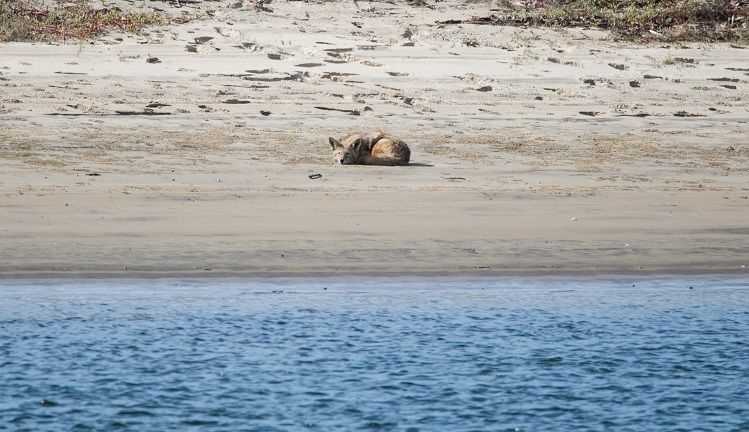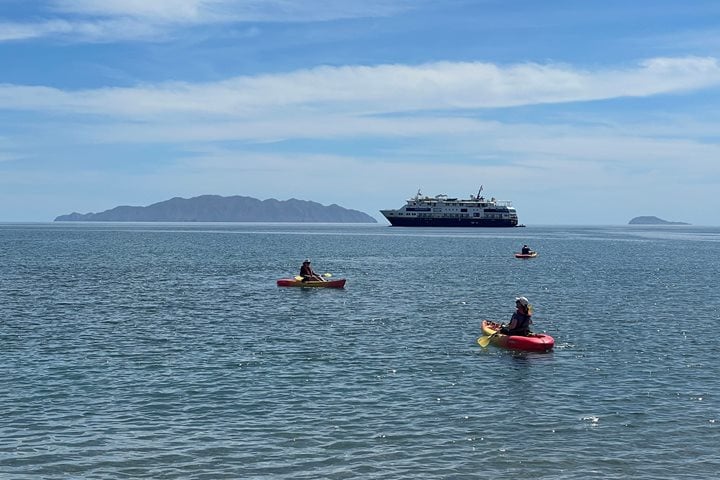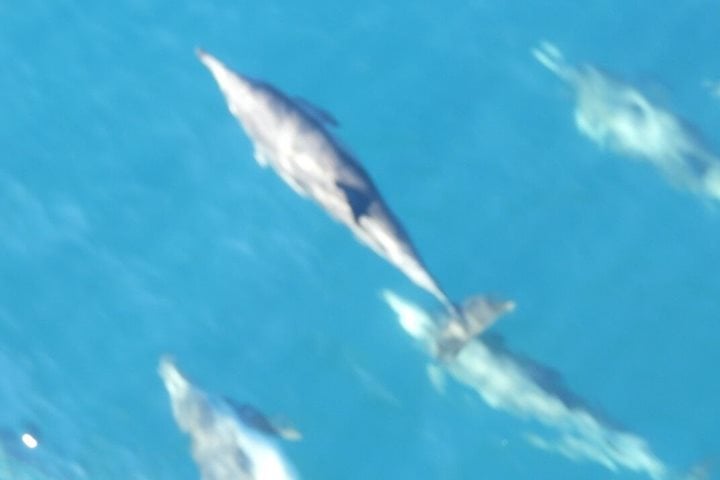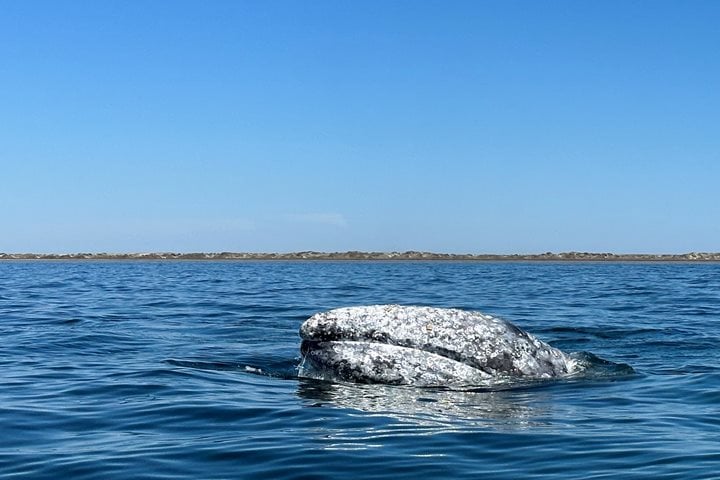Today we spent the majority of our time at sea, heading towards our afternoon destination of Magdalena Bay. Several of the naturalists gave presentations in the morning, and in the afternoon we sailed up Hull Canal and watched for wildlife. We came across several gray whales, coyotes, and plentiful birds. In the evening we made it to our anchorage and explored the sand dunes.
Call +1.800.397.3348 or contact your travel advisor









